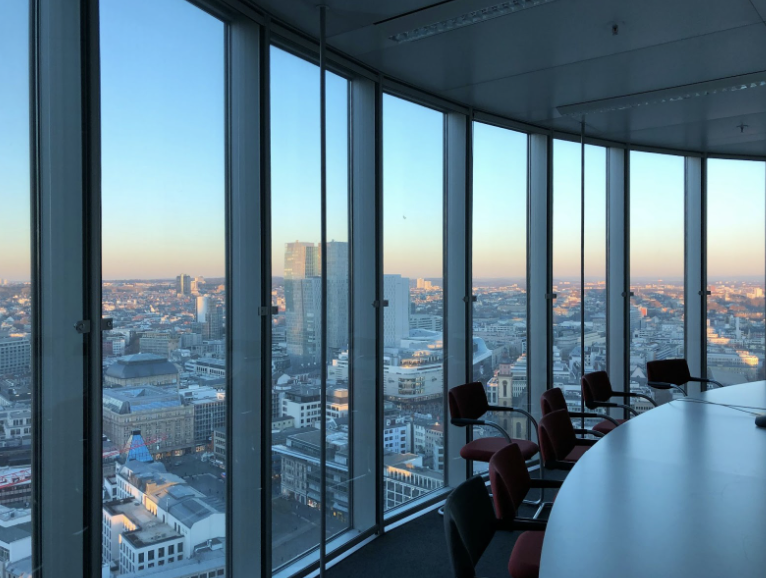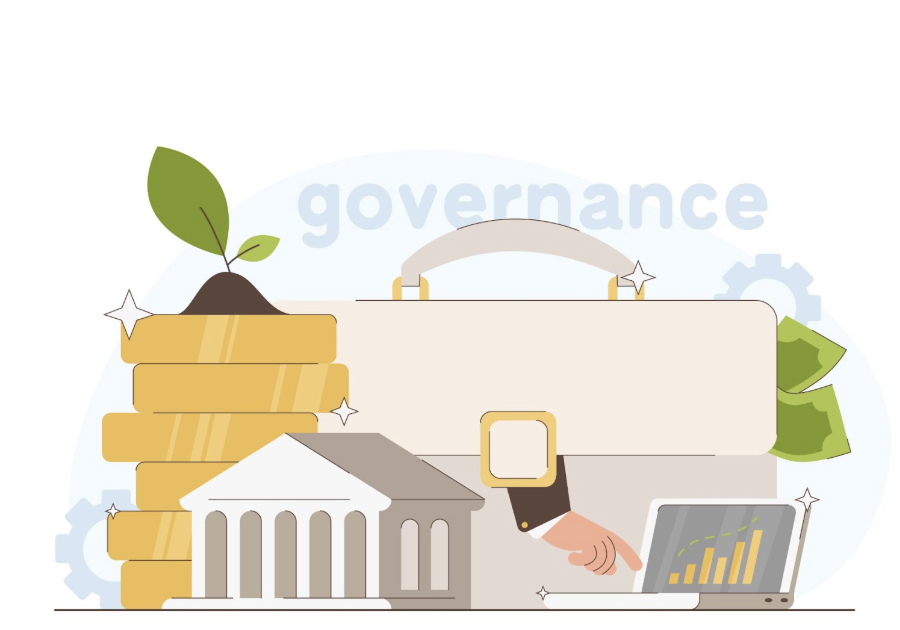When the ceremonial bell rings on listing day, it’s easy to view an IPO as the finish line, the culmination of years of strategic growth, preparation, and regulatory approval. But for newly listed companies on the Singapore Exchange (SGX), that moment marks the beginning of a new chapter, not the end.
Going public brings visibility, liquidity, and access to capital. Yet it also introduces ongoing obligations, governance requirements, disclosure rules, and the need to engage a new, diverse group of shareholders. Managing this transition effectively determines whether a company thrives as a trusted public entity or struggles under the weight of compliance and market scrutiny.
The Post-IPO Reality: From Private to Public Mindset
Private companies often enjoy flexibility and privacy in decision-making. Once listed, however, they operate in a space where transparency, accountability, and consistency are non-negotiable.
Singapore’s capital markets are built on investor confidence, and maintaining that confidence requires companies to adopt a public-company mindset, one that prioritizes timely disclosure, sound governance, and proactive communication.
While the IPO process demands intense preparation, post-listing obligations require sustained discipline. The real challenge is striking a balance between growth ambitions and the rigorous framework of public market expectations.
Compliance Comes First: Understanding SGX Obligations
Compliance is the backbone of life after listing. The SGX mandates a comprehensive set of rules designed to uphold market integrity and protect investors. Here are some of the key areas companies must stay on top of:
1. Continuous Disclosure
Under the SGX Listing Rules, listed companies are required to disclose any information that may materially affect their share price promptly and transparently. This includes major acquisitions, leadership changes, profit warnings, or strategic shifts.
Timely disclosure ensures a level playing field for all investors and helps prevent concerns about insider trading. Companies must develop strong internal processes to identify, review, and release material information efficiently.
2. Financial Reporting
Public companies must publish:
Quarterly or semi-annual financial results (depending on market board)
Audited annual financial statements within three months after the year-end
Detailed management discussion and analysis (MD&A) explaining performance, risks, and outlook
Accuracy and clarity are paramount. Inaccurate or incomplete reporting can lead to reputational damage, penalties, and loss of investor trust.
3. Corporate Governance
The Code of Corporate Governance in Singapore outlines principles on board composition, independence, and accountability. Companies are expected to:
Maintain a balanced and independent board
Disclose directors’ remuneration and interests.
Implement robust risk management and internal control systems.
For investors, governance quality is often as important as financial performance. Companies with transparent structures and strong boards tend to attract more institutional interest.
4. Shareholder Meetings and Voting
Listed companies must hold an Annual General Meeting (AGM) within four months of the financial year-end. AGMs provide an opportunity to present results, discuss strategy, and engage directly with shareholders.
Beyond regulatory compliance, these meetings serve as a platform to strengthen relationships and demonstrate leadership transparency.
Investor Relations: The Art of Building Long-Term Trust
Once listed, every company enters a new marketplace, the market of investor perception. Managing that perception through effective Investor Relations (IR) is essential for sustaining valuation and credibility.
1. Establishing a Clear Communication Strategy
A strong IR program ensures investors understand the company’s story, strategy, and value proposition. Key communication tools include:
Quarterly results announcements and briefings
Investor presentations and reports
Corporate website and press releases
Engagement with analysts and media
Consistency is key. Mixed messages or irregular communication can confuse markets and erode confidence.
2. Knowing Your Shareholder Base
Understanding who owns your stock, whether institutional investors, retail shareholders, or strategic partners, helps tailor communication. Institutional investors often seek data-driven updates, whereas retail investors tend to focus more on dividends and a company's reputation.
Regular analysis of the shareholder register allows management to anticipate sentiment and respond proactively to changes in ownership.
3. Managing Expectations
The market values predictability and transparency. Companies should avoid overpromising and instead focus on delivering realistic targets with clear performance indicators.
When challenges arise, such as earnings volatility or market shifts, communicating early and honestly helps preserve credibility.
4. Leveraging Digital Channels
Modern IR goes beyond traditional reports. Webcasts, social media, and virtual AGMs have become powerful tools to reach broader audiences, especially in Singapore’s tech-savvy investment landscape.
Digital transparency not only meets regulatory expectations but also demonstrates the company’s adaptability to evolving investor needs.]
Common Post-IPO Challenges
Transitioning from private to public ownership often brings a learning curve. Some of the most common challenges include:
Information overload: Adjusting to the frequency and depth of reporting required.
Governance gaps: Aligning family-run or founder-led structures with SGX’s independence and disclosure standards.
Market volatility: Navigating short-term price fluctuations without losing focus on long-term goals.
Stakeholder balance: Managing expectations from investors, regulators, employees, and media simultaneously.
Addressing these challenges requires not only strong compliance frameworks but also a cultural shift within the organization—where every department understands its role in upholding public accountability.
The Role of Post-IPO Advisors
Just as companies rely on advisors during the IPO process, ongoing support from professionals remains vital afterward.
Company Secretaries ensure adherence to SGX filing deadlines and corporate actions.
Legal Advisors help interpret listing rules and manage regulatory risks.
Auditors and Compliance Officers uphold financial accuracy and internal controls.
Investor Relations Consultants guide communication strategy and investor engagement.
A robust advisory ecosystem enables management to focus on strategy and performance while ensuring that compliance and governance are consistently maintained.
Sustaining Momentum Beyond Listing Day
A successful IPO may capture headlines, but sustained market performance builds a legacy. Companies that perform well post-listing share a few common traits:
Transparent leadership that communicates regularly and authentically.
Strong governance that inspires investor trust.
Strategic capital deployment that demonstrates disciplined growth.
A commitment to continuous improvement in compliance, reporting, and stakeholder engagement.
Over time, these practices not only support valuation stability but also strengthen the company’s reputation in Singapore’s competitive capital markets.
Final Thoughts: From Compliance to Confidence
The IPO bell may mark the start of public trading, but it also signals the beginning of greater responsibility. Life after listing is a journey of discipline, adaptability, and strategic communication.
For companies on the SGX, success depends not only on meeting regulatory requirements but also on earning the ongoing confidence of investors and stakeholders. Those who master both compliance and investor relations position themselves for long-term growth, credibility, and enduring shareholder value.































